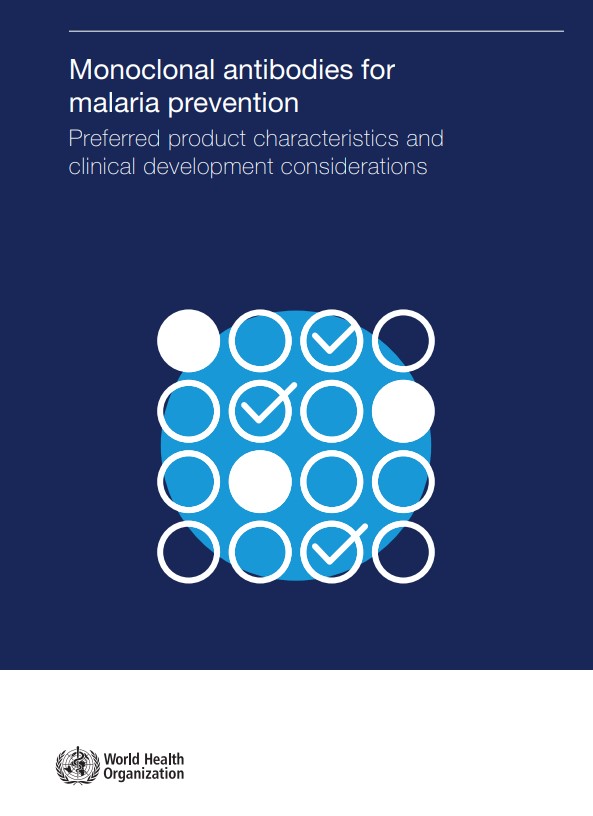Last Updated: 02/12/2024
Immune therapeutics that combine fast-acting monoclonal antibody and a vaccine for long-lasting protection against Plasmodium falciparum malaria
Objectives
To combine two prototype interventions (mAb 317 and TMV-NPNAx5 vaccine) and optimize a 2-component intervention against Plasmodium falciparum malaria.
According to the World Health Organization (WHO), malaria transmitted to humans through the bite of an infected mosquito caused about 400,000 deaths in 2018. Migrant workers, tourists, troops, and members of their families remain at a high risk of contracting malaria. The daily or weekly anti-malaria pills require strict compliance and have side effects. Scientists at the Malaria Biologics Branch, Walter Reed Army Institute of Research (WRAIR) have been developing preventative interventions against malaria for many years. It was reported in the journal Proceedings of the National Academy of Sciences (2021) that a vaccine “TMV-NPNAx5” could protect mice against lethal malaria infection and in Rhesus monkeys. This vaccine induced a level of protective antibodies that were three-fold higher than the current front-runner malaria vaccine RTS,S (GSK Vaccines). Functionally active immunity to malaria was observed for up to a year in rhesus monkeys. WRAIR scientists have also been evaluating biologics-based monoclonal antibodies to prevent malaria infection. It was reported in the journal Nature Scientific Reports (2021) that within a panel of monoclonal antibodies (mAbs), one in particular, mAb 317, had the highest ability to kill the malaria parasite in our mouse model. Remarkably, mAb 317 targeted the same motif on the parasite that was displayed on the TMV-NPNAx5 vaccine.
Overall, the PRMRP Topic Area of Malaria and the Area of Encouragement “to prevent malaria infection for more than 6 months” will be adressed. The proposal will first optimize the duration for which mAb 317 can circulate in the blood. This will be done by changing the sequence of the monoclonal antibody, such that it binds better to cell receptors that prevent antibody destruction. The study will test if combinations of mAb 317 with TMV-NPNAx5 vaccine can confer immediate protection in mice and give one more dose of the vaccine to allow the boosting of antibodies and make the protection last for up to 4 months in the mouse model. If it is found that the monoclonal antibody with the vaccine can work together in tandem, then this will be a novel concept in malaria, similar to what is used for rabies. Rabies exposure is routinely treated with a combination of immunoglobulins and a vaccine. The last two aims in this proposal will test if the mouse data holds up in higher primates (rhesus monkeys), and then a final step will be taken that will enable the manufacturing of a batch of the monoclonal antibody component. This grant encompasses the first steps to translate a novel combination prophylaxis against malaria towards development of a drug product for clinical trials in humans.
Oct 2020 — Sep 2021
$1.67M


